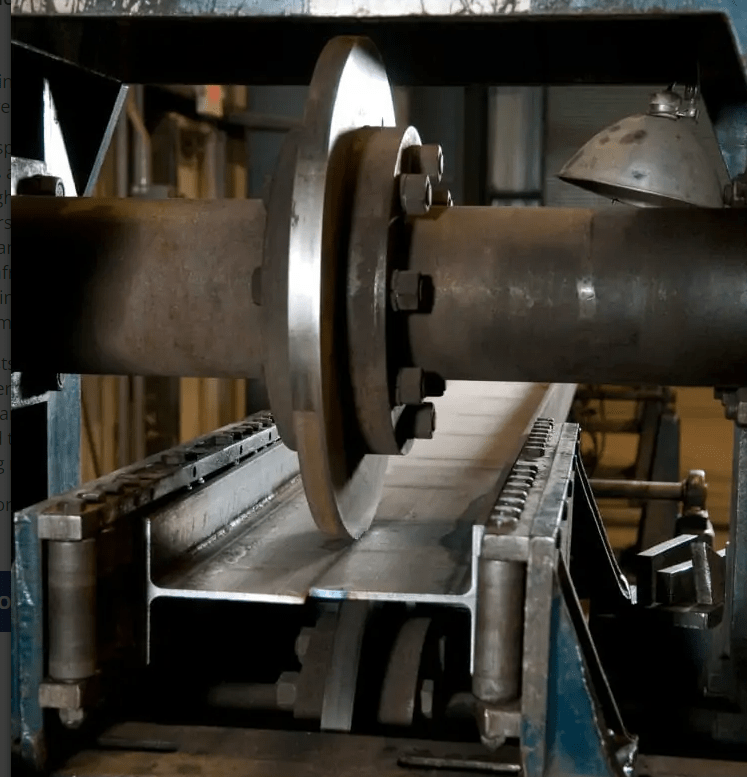I want to know the cost premium associated with ordering WT versus WF.
For example, if one 30' long W18x35 beam cost me $100, what would it cost me to order two 30' long WT9x17.5? $105? $150? Someone must know.
I need this for several things at the moment including this thread: Link
Rationally, I would assume that the cost of transmogrifying a WF into a WT would exhibit these trends:
1) Thicker webs beget greater cost owing to more difficult cutting.
2) For the same web thickness, the percentage cost premium relative to WF should be smaller for larger beams (same cutting cost, larger material cost).
Any body know this space well enough to be able to comment?
For example, if one 30' long W18x35 beam cost me $100, what would it cost me to order two 30' long WT9x17.5? $105? $150? Someone must know.
I need this for several things at the moment including this thread: Link
Rationally, I would assume that the cost of transmogrifying a WF into a WT would exhibit these trends:
1) Thicker webs beget greater cost owing to more difficult cutting.
2) For the same web thickness, the percentage cost premium relative to WF should be smaller for larger beams (same cutting cost, larger material cost).
Any body know this space well enough to be able to comment?


